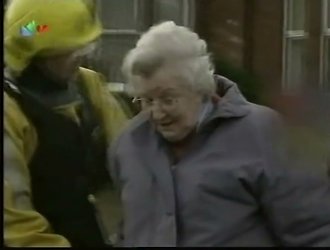The low pressure system that formed the storm began to form on January 6. south of Newfoundland (in the Atlantic Ocean). January 8 the cyclone suddenly strengthened through Scotland and turned towards Denmark and southern Scandinavia. January 8 in the afternoon in Norway, the lowest pressure was measured at the center of the cyclone – 960 hPa (mbar) and the highest wind gust speed – 169 km/h was recorded. (47 m/s). The storm had reached about a Category 1-2 hurricane strength.
It should be noted that there are no real tropical hurricanes in our latitude, but due to very strong winds and the established tradition, such powerful wind storms are called hurricanes.
Due to the prevailing southwest-westerly winds in Ervin’s southern periphery and rear, the shores of the Baltic countries were the most affected. In the coastal area of Lithuania, the wind speed in gusts reached up to 34-35 m/s. Palanga – 32, Šilute – 29, Klaipėda – 28, Šiauliai – 23, Vilnius – 22 m/s. Meanwhile, in Latvia, the highest wind gust was measured in Ventspils and reached 40 m/s, in the port of Liepaja – 36, and in Riga – 30 m/s.
In Lithuania, due to the strong wind, the dunes of the Palanga beach were badly damaged, and cliffs several meters high were formed in some stretches of the coast. Danė flooded the old town of Klaipėda, the water level in the Klaipėda shipping channel rose to 1.54 meters. It was worse during the “hurricane” Anatolia in 1999, when the water level in the canal rose to 165 cm.
Despite this, in 2005 more trees were felled in the country’s forests, even 600 thousand. m³ of wood, when in 1999 near Anatolia “only” 350 thousand m³.
The elimination of electrical accidents lasted six days. Even more people remained without electricity in the entire country than in 1999 after Anatolia, approximately 150-180 thousand.
The strongest storm of hurricane strength devastated Lithuania in 1967. October 17-18 The Swedes named her after Lena. Wind gusts then reached up to 40 m/s, and were even stronger in Latvia. In Klaipėda, the water level in the shipping channel reached as high as 186 cm. Older residents still remember that the spilled Dane water was not only in the streets by the river, but also in the Theater Square, in the old town. And as many as 4,000 thousand tons of wood were laid in the forests. m³!
Source: www.15min.lt



